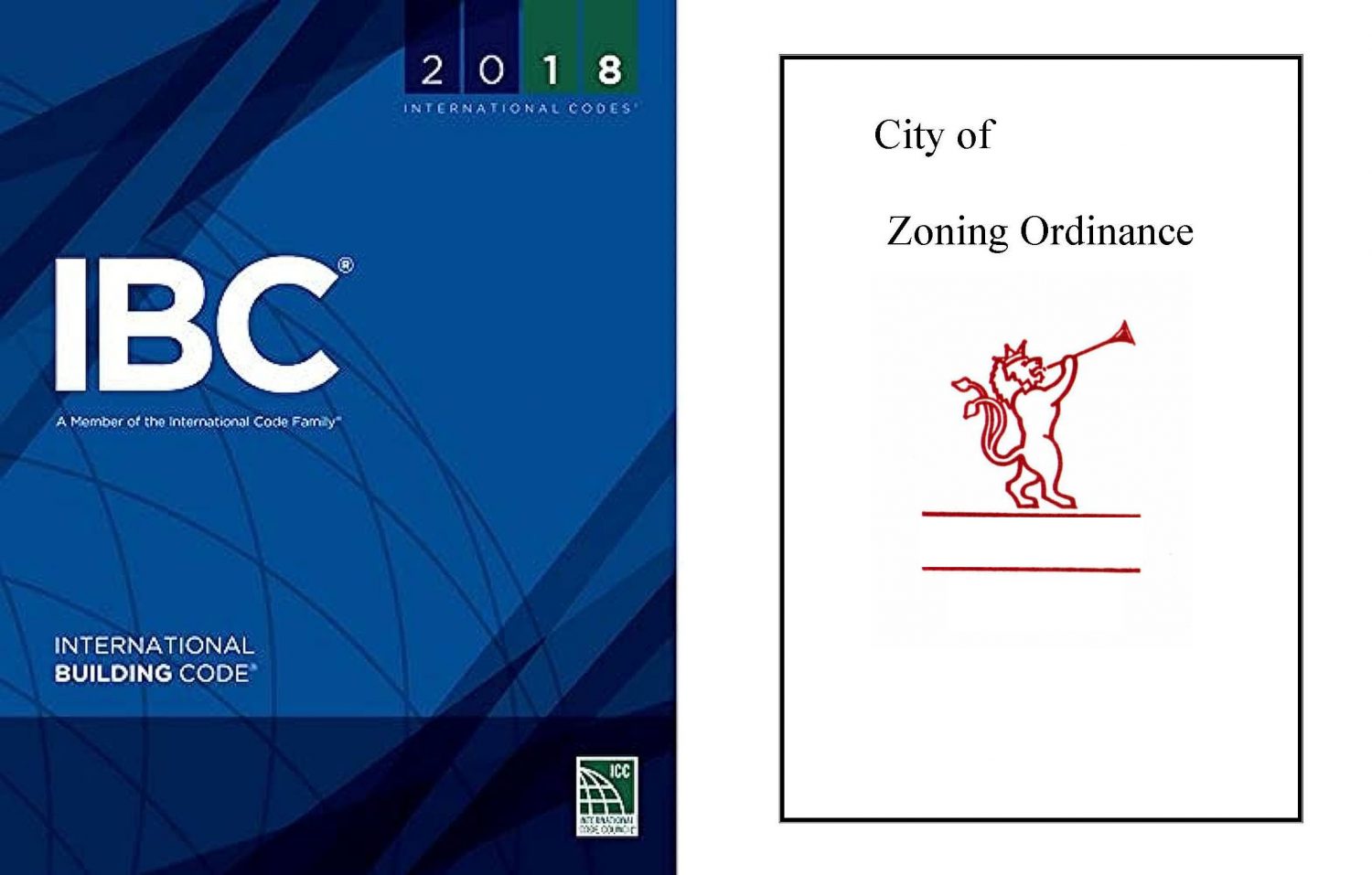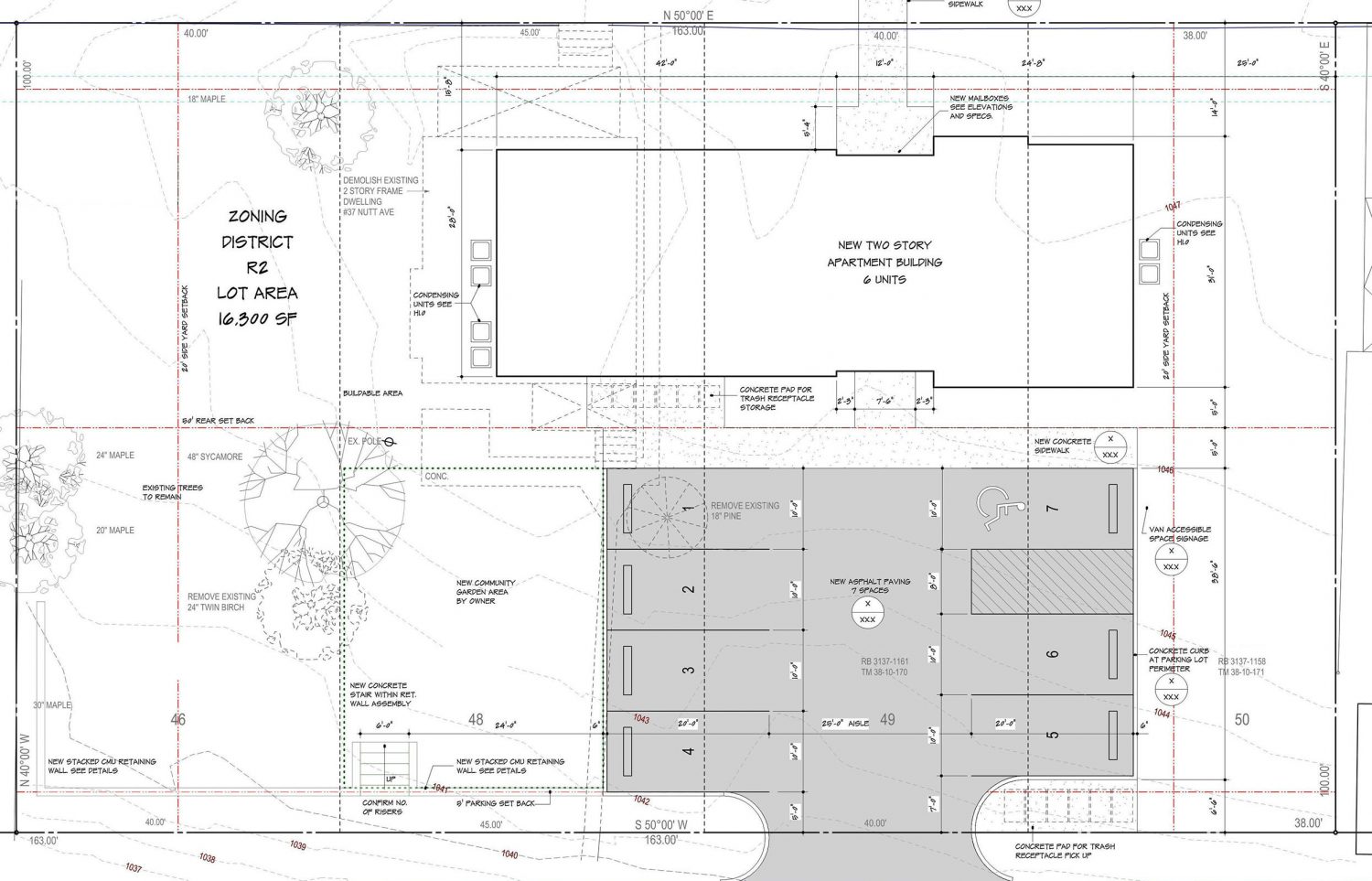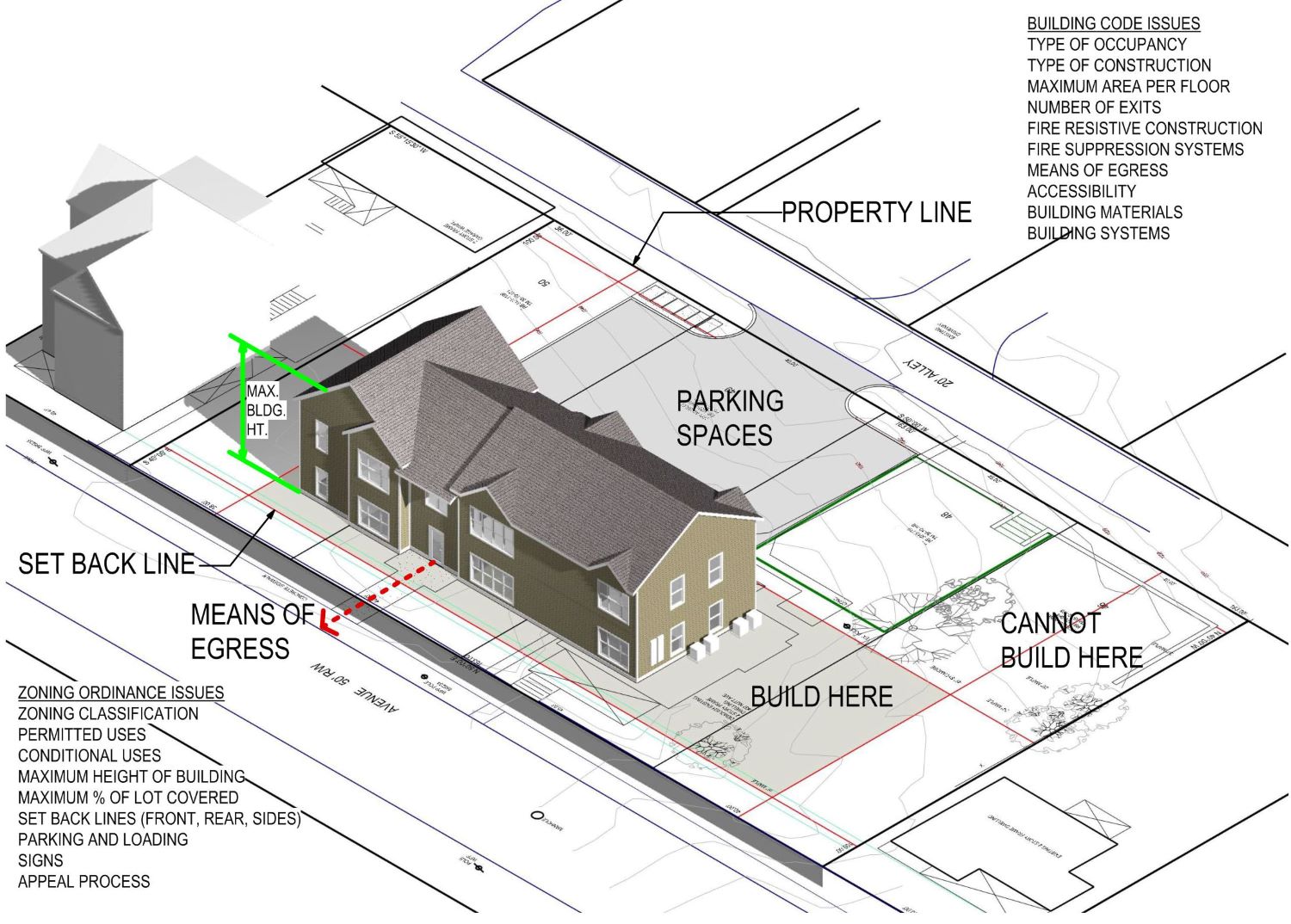zoning vs building code :: what is the difference?
zoning vs building code :: what is the difference?
Zoning vs. Building Code – What is the difference?
Frequently I have property owners (or soon-to-be property owners) contact me interested in developing property or renovating an existing building where the early discussion revolves around what will the code permit. They commonly mention a discussion they had with local municipal officials where something goes wrong (often horribly – no offense intended to government officials). They state something that demonstrates a misunderstanding of the difference between a local zoning ordinance and a building code. I tried to say that politely.
When I get involved and start to do research, I find that people often misunderstand the difference. It is not uncommon that decisions are made based on misinformation before my involvement. I surmise this is probably a bit of fault from both the property owner and local officials not speaking the same language (that’s figuratively…I think). However, both types of regulations are in place to protect the public’s safety and the overall quality and value of the community. They seek the greater good over the individual and are based on years of research and data from situations where people made…let’s say…poor choices.
A property survey with improvements illustrated for zoning review
Here is the simplest way we can share the difference in a non-technical, non-legal way – using one-word, easy-to-remember responses.
Zoning = Land
Code = Building
Zoning Ordinances
Most municipalities in this country have adopted some type of zoning ordinance or land planning regulation to govern how development and improvements can be made within the borders of their municipality. Cities, boroughs, and townships usually adopt these. They often have a similar overall structure and a basic list of items they address. The primary thing to understand about a zoning ordinance is it is concerned with how the property or the land is used and how that affects the surrounding community. It is less interested in the building other than limits on the use, size, height, and position on the land itself – as that relates to the classification of the property. Whether the building is made of brick, wood, or marshmallow is of no concern to a zoning ordinance (ok, there might be some exceptions out there…and I don’t build real buildings out of marshmallows…anymore).
In every zoning ordinance, the municipality is separated into zoning districts. These are normally divided into basic categories such as residential, commercial, and industrial zones. Within each of these districts are sub-levels with guidelines for density, height, and other measures of quantity. It does this by placing limits on where one can build on the land, how much, and how high.
Lastly, it will address how the automobile interacts with the property, such as access and parking. There will be some type of formula that will stipulate how many parking spaces are required as a function of the use or size of the building. Dealing with stormwater is also included in municipal planning guidelines.
Beyond that, there are often other regulations and methods of addressing when things don’t fit within the guidelines. In other words, some type of variance or appeal process is in place to deal with unusual conditions and odd requests. Perhaps we’ll explore the variance process at a later time. Regardless of what the specifics are, for every type of development, improvement, or other change to a building or property, one should always start with the zoning regulations, even if the building occupies the entire four corners of the property.
building and code diagram – both issues come together
Building Codes
It may be a cousin or sibling to the zoning ordinance, but the building code (often called “code” in lazy slang and vernacular speech) is concerned explicitly with the physical building itself. It has much to say about the physical features of the building, primarily to address issues of life safety and handicap accessibility. You might find interpreting the prophets of the Old Testament easier, but without these voluminous tomes, people would make…more poor choices. Believe me, I’ve seen it.
Most of the United States is governed by some type of building code. Furthermore, most of the United States is governed by the International Building Code and all its related cousins that the International Code Council in Chicago, Illinois, develops. If that isn’t the code being used, I’d bet the one in place is very similar.
Building codes are divided into chapters addressing the minimal quality or safety levels for every part of a building. I won’t even begin to explain all of these except to reiterate that the code represents the lowest level of acceptable safety.
However, one initial classification to determine is the building’s occupancy or use. In other words, what is the function of the building? Is it a residence or a museum? Is it an office or a factory? These categories are related to the risk factor of the building as well as the number of people (occupant load) for that use. The more people in the building, the more features are required to ensure safety, especially in an emergency situation. This designation is critical because people often wish to change the occupancy when they purchase a building and that brings in Ms. Pandora and her box. This is just the beginning of describing the building code, but as you can see, it relates to the physical building itself.
Hire a professional
Everyone has a different opinion on regulations. I’ve heard you sighing and watched you roll your eyes as you read this.
Most people I encounter aren’t thrilled with regulations, and I’ve had a few people become borderline hostile toward them. This is primarily because these regulations have a direct correlation with money. That doesn’t mean codes and ordinances are unfair; it just means people need to prepare their budgets wisely and calibrate themselves to the true costs of construction with respect to the regulatory environment — early in the process. It’s also wise to meet with the local officials early in the process and partner together rather than become adversarial.
How does one do this?
If you are a property owner beginning to come to terms with these issues, I would first suggest you talk to an architect who can guide you through the process and document where and why conclusions are made. We always start with zoning since there is no point in dealing with building issues when the land regulations precede building details. From there, we can review your plans against the regulations and see where items need to be addressed. Our firm has done and always recommends some type of feasibility study or due diligence study before any design, preferably before buying the property.
If you are not ready to commit to that yet but choose to talk to the local officials, take good notes and don’t let yourself settle for the, “he said all I have to do is…” situation. Every requirement can be connected to some section of a zoning ordinance or building code (chapter and verse). Don’t simply rely on what someone told you.
One last thing…remember…








